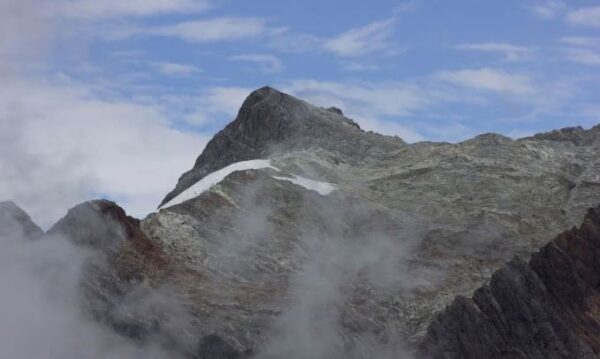In 1910, Venezuela boasted six glaciers covering a total area of 1,000 square kilometers. Over the years, however, these icy expanses dwindled to mere remnants that no longer qualified as glaciers.
According to a report by IFL Science on May 8, Venezuela’s last glacier, Humboldt, vanished, marking Venezuela as potentially the first country in modern times to witness the complete melting of its glaciers. At its peak, Venezuela had six glaciers, collectively covering 1,000 square kilometers. However, they have since degraded into small ice patches that no longer meet the criteria for being considered glaciers.
By 2011, Venezuela had lost all but one glacier, Humboldt Glacier, also known as La Corona, situated in Sierra Nevada National Park. However, even Humboldt has diminished to the point where it is now classified as an ice field.
“We can no longer speak of glaciers in Venezuela. What remains is just a small patch of ice, equivalent to only 0.4% of its original size,” remarked Professor Julio Cesar Centeno from the University of the Andes (ULA).
La Corona, which once spanned 4.5 square kilometers, now covers less than 0.02 square kilometers, or 2 hectares. Typically, an ice patch must be at least 0.1 square kilometers to qualify as a glacier.
Research conducted over the past five years indicates that glacier coverage in Venezuela has declined by 98% from 1953 to 2019, with the rate of ice loss accelerating after 1998. The loss peaked at around 17% per year since 2016.
La Corona, which measured about 0.6 square kilometers in 1998, has shrunk so significantly that it risked losing its glacier status as early as 2015. “Our most recent expedition to the area was in December 2023, and we observed that the glacier has lost around 2 hectares compared to our previous visit in 2019, declining from 4 hectares to less than 2 hectares today,” said researcher Luis Daniel Llambi at ULA.
In December of the previous year, the Venezuelan government attempted to protect the Humboldt Glacier by covering it with geotextile. However, not only did this plan fail, but it also drew criticism from conservationists who warned of potential ecosystem pollution as the fabric decomposes into microplastics over time. “These microplastics are nearly invisible; they seep into the soil, reaching crops, lagoons, and the air. Ultimately, humans will ingest and breathe them,” Centeno cautioned.











